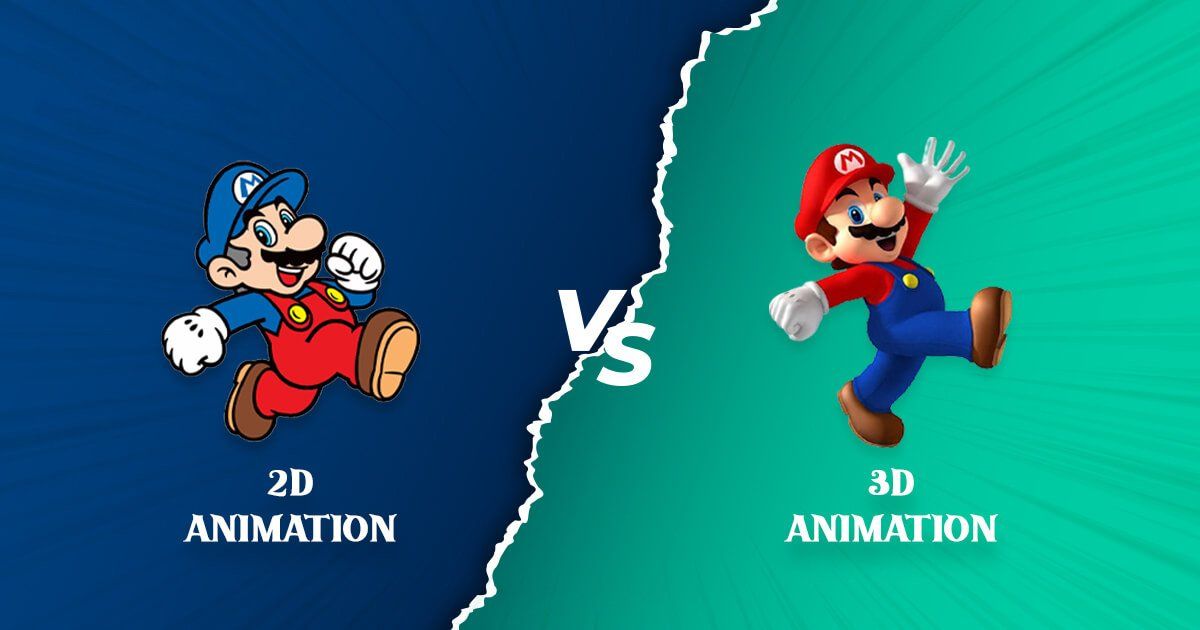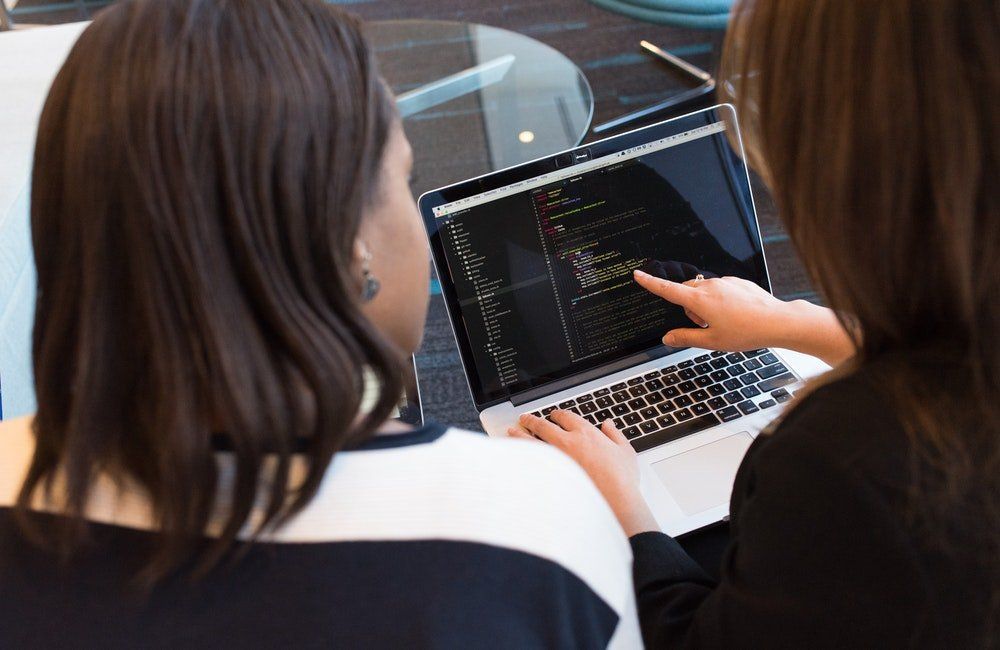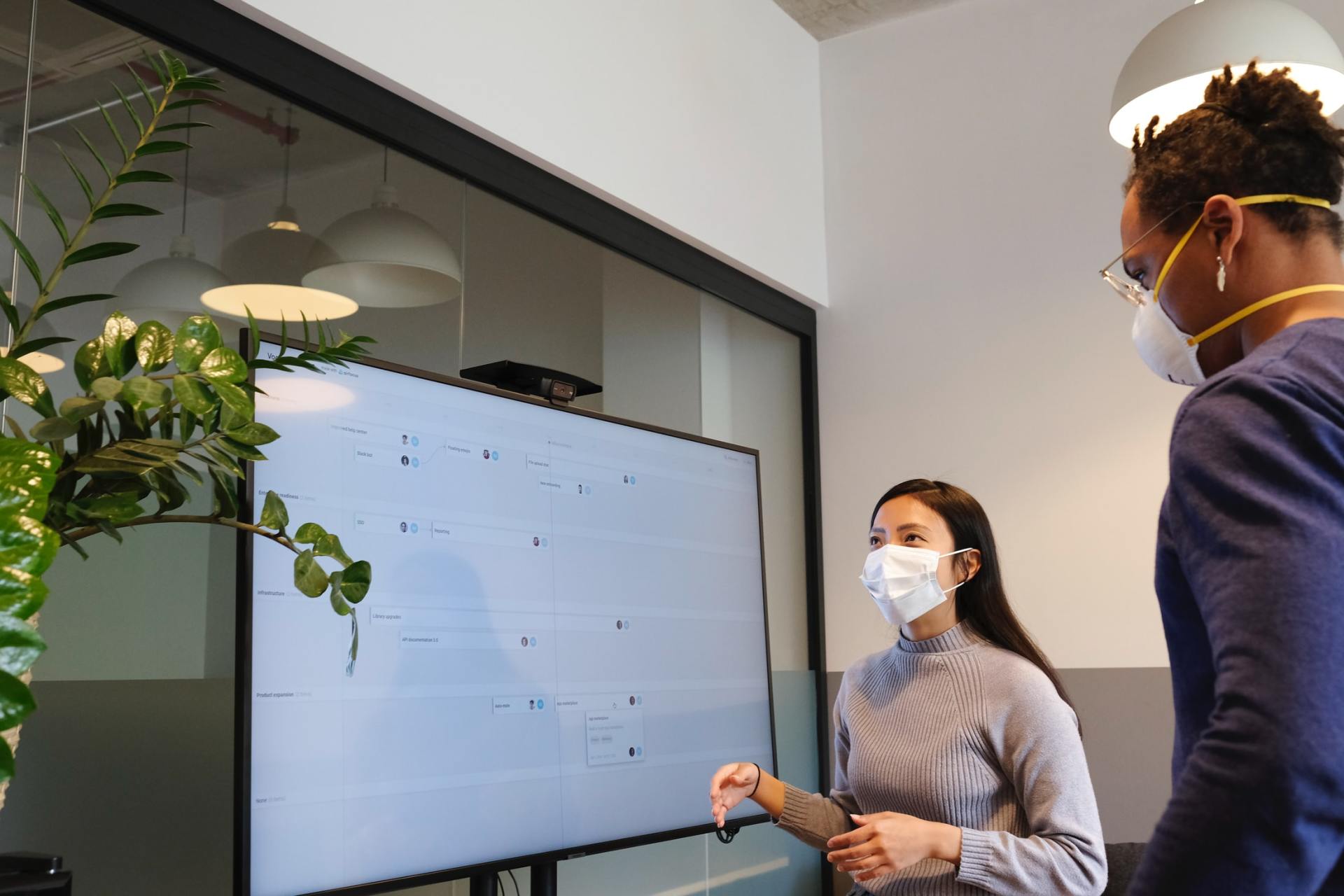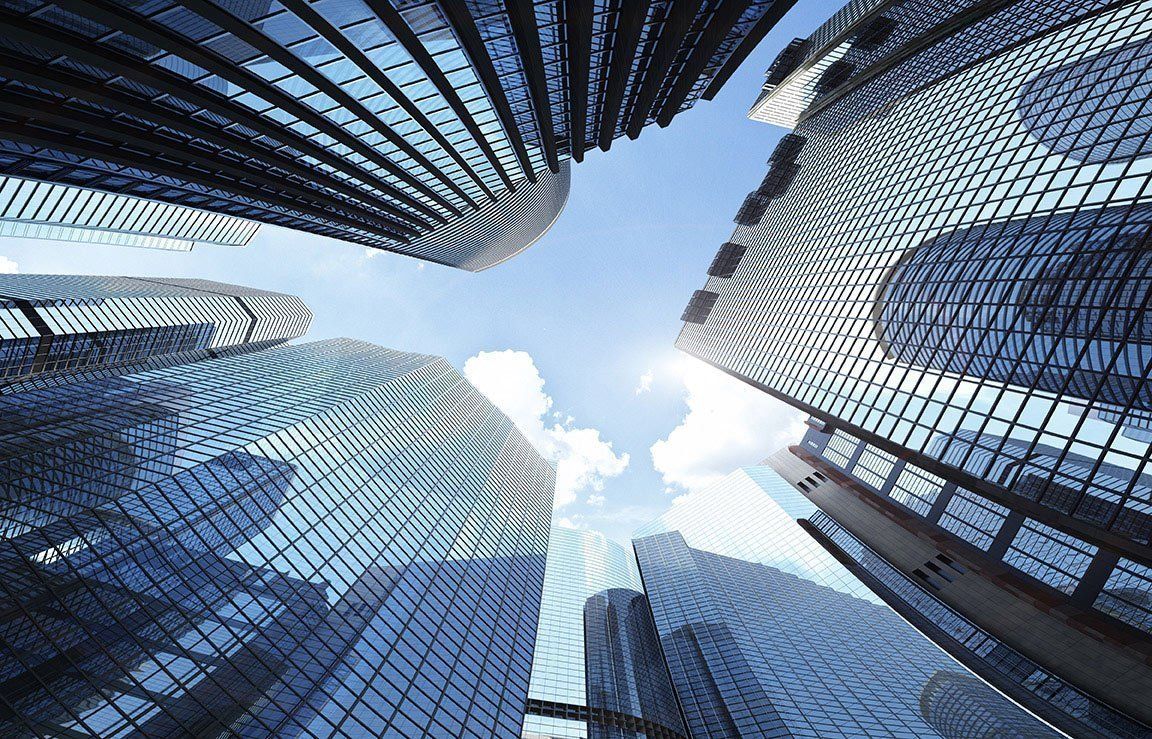Web Designs Prime Guide on the Real Differences Between 2D and 3D Animation
- By Aurelio John
- •
- 26 Nov, 2021
- •
Despite offering exclusive custom web development and web app design and development services for years, we at web designs prime also offer state of the art 2d and 3d animation services to our customers. Having said that, we also like to offer key insight and knowledge on various topics and frequently ask concerns and queries. One of the most commonly asked questions we received this month was what are the main differences between 2d and 2d animation and their advantages.

People are frequently perplexed by the distinctions between 2D and 3D animation, particularly the techniques required in developing each style. There is no better style of animation, but it is critical to understand how they each work in order to choose which is a better fit for your timetable and goals.
Each can serve a variety of functions and styles, based on the project's vision and aims. While 2D animation appears flatter, it can nevertheless achieve a clean, elegant look. Similarly, it can be designed with a distinct, illustrated aesthetic that works well for a variety of projects and companies. Once a character is setup – which we'll explain in a moment - 3D animation provides a full range of motion. The final character has a clear, lifelike aspect since you can see around it.
How Are 2D and 3D Animations Made?
The process for making both 2D and 3D animations often begins in the same way, and then diverges.
Regardless of the animation style, animators will first learn about the client's vision and goals for the project. They will develop thoughts, followed by graphical storyboards, to bring these ideas to life. When a storyboard is approved, it moves into the animatic stage, when the pictures are loaded into the appropriate animation programmer - which will differ for 2D and 3D. The animatic is where sound clips and voiceover are incorporated, and the characters are given motion. This is where things begin to diverge dramatically.
When creating a 2D character, the animator must illustrate the essential poses and scenes, including a sketch in every frame, at a rate of 24 frames per second. A character drawing can remain stationary for a few frames at a time, depending on the speed of the animation. The same is rarely true for 3D animations, which must be in near-constant motion to appear realistic. It may be minor, but just as live beings blink, breathe, and adjust their posture, so must genuine 3D motions. After creating the animatic, the animator will model and rig the character. Modeling is essentially the technique by which the figure is produced, while rigging is the process by which the character's skeletal structure is developed below, allowing animators to control the character's movements. It's similar to making a puppet.
Time Required to Create 2D and 3D Animations
Timing will be fully reliant on the project, which can be completed more swiftly – or slowly – depending on many creative variables and client preferences. With the requirement to rig the character, creating a 3D animation is often more time-consuming up front. It's a time-consuming procedure, but once completed, the animators may re-use the figure and change its poses over and over again – a benefit for characters that will have a long life with their brand (such as the Geico gecko) or for us, the Cat's-eye characters we made at Overfit. This is also why 3D animations are more time- and cost-effective for animated features from firms like Pixar.
2D animations can be made more quickly for a given video, and the project's effort is often allocated more fairly throughout the process. Character rigging is done in a different way here, by using the 'puppet pin' tool to create bendable points in the character's anatomy (elbows and knees, for instance). A rigged 2D character can be displayed in stages during the process, allowing for more subtle modifications and flexibility (make him extend both arms, not just one!)
Making a Choice Between 2D and 3D Animation
As much effort will be done in the initial rigging process, creating a 3D animation demands a good knowledge of the project between the client and animators. The procedure by which the computer compiles all of the animation work into video format is also often longer. However, once completed, it can be simply repurposed for future animations.
To make a new video using a 2D animation, you may need to draw new angles and positions for the character rigs, which will take longer if the relevant angles and puppet pins aren't prepared beforehand. If you can prepare ahead of time from the start of your initial project, you may express these prospective future needs to your animation team. They can then work ahead of time to build the right angles and puppet pins for this project and future projects, making adjustments easier to execute for future animations.
How do you make your decision? A lot relies on your visual choices, but you should also consider questions like:
- Do we intend to use this animated figure again in future videos or advertisements?
- Are we seeking for a (perhaps) long-term mascot or symbol for our company?
- Do we want to try out new characters in the future to target different demographics?
- What is our timetable?
- What is our financial situation?
- Where will these animations appear?
- Should our animation be based on characters or on information/processes?
It's critical to have a clear vision of the final video you want to make, as well as the audience you want to reach and the goals you want to achieve, as these factors will greatly affect your decision to create 2D and/or 3D animations. It will be easier to pick which approaches to utilize if you and your animation team both grasp the intended purpose and aims for putting the animation to use. That is why we at web design prime offer 24/7 customer support and assistance with all our custom web development services along with our 2d and 3d animation services. So visit our website today.









